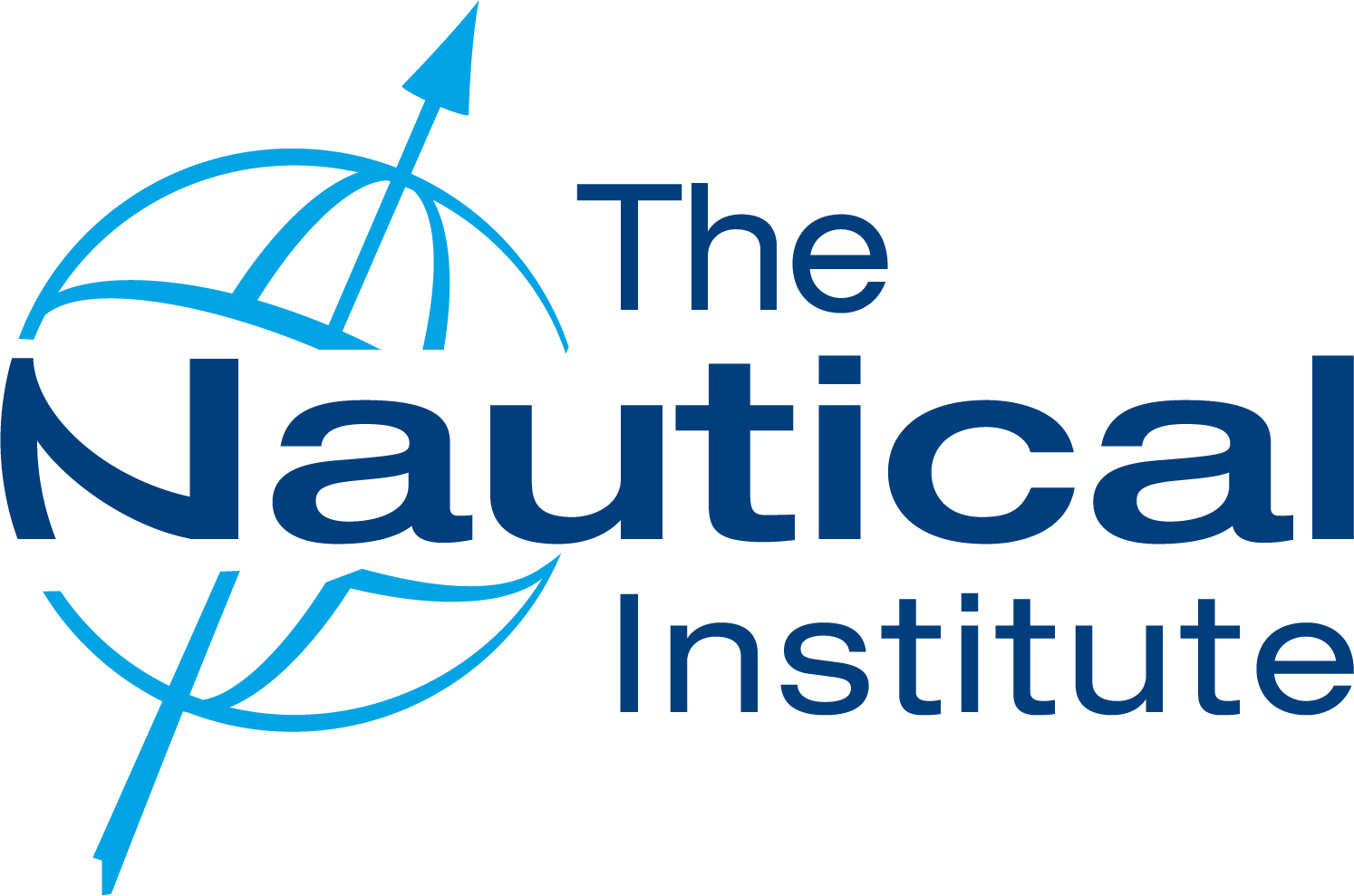202544 Another enclosed space fatality
As edited from MSA (South Korea) report 2024-002
An oil/chemical tanker was underway in ballast. Tank cleaning operations started with gas freeing, the previous cargo having been benzene. The tanks were then rinsed with fresh water and ventilated. Atmosphere tests were carried out, but it appears that while the explosive limit was measured, the oxygen content was not. There was still a strong smell when deck crew assembled near the entrance hatches to undertake the final mopping phase of the tank cleaning.
One of the deck crew, wearing only a filter mask, entered one of the cargo tanks without the knowledge of his co-workers or superior. As he descended the access ladder, he probably inhaled enough benzene vapour to render him unconscious. He fell to the bottom of the tank.
The bosun saw the hold entrance hatch open, looked down and saw the collapsed victim at the bottom of the tank. The alarm was raised and a rescue team equipped with breathing apparatus (BA) extracted the victim. Although first aid and oxygen were administered the victim was later declared deceased.
The investigation revealed a cascade of safety failures that contributed to this tragedy. The ship’s Safety Management System (SMS) procedures were not followed, as atmosphere level checks for benzene and oxygen were not done. The victim entered the tank without proper authorisation, without a portable gas detector, and wearing an unapproved filtered mask that provided no protection against toxic gases or oxygen deficiency.
The root causes extended beyond individual actions to systemic safety management deficiencies. Despite having clear procedures in the SMS, the company failed to ensure proper implementation and oversight of enclosed space entry protocols. There was inadequate safety training and communication, particularly concerning the risks of entering spaces that had contained hazardous chemicals like benzene. The investigation also found that while the victim had significant experience on chemical tankers, the lack of clear operational guidance and safety culture contributed to his fatal decision to enter an untested tank using improper equipment.
Lessons learned:
- Entry permits for confined spaces are not bureaucratic formalities but critical safety barriers. Every entry must be properly authorised, with mandatory atmosphere testing and appropriate Personal Protective Equipment (PPE.)
- Before any tank entry, gas detection must verify safe oxygen levels and absence of toxic substances. Portable gas detectors must be carried by all personnel entering enclosed spaces.
- Inappropriate safety equipment (for example filtered masks in toxic environments) must be removed from service and their absence enforced. Only approved self-contained breathing apparatus (SCBA) should be used in potentially contaminated spaces. Companies must ensure that safety procedures are not only documented but actively practised, understood by all crew members (including providing translated materials for international crews), and regularly supervised by qualified officers.
Editor’s note:
As edited from MSA (South Korea) report 2024-002.
